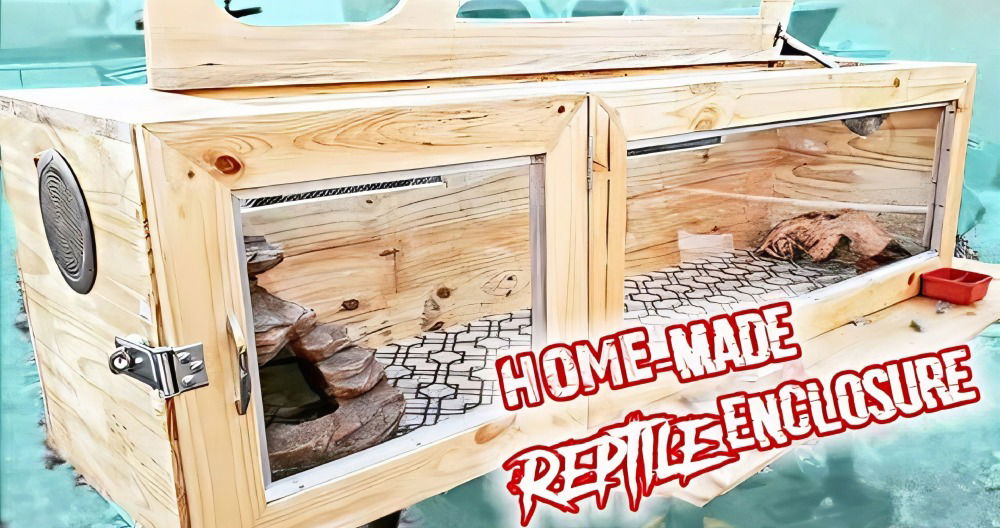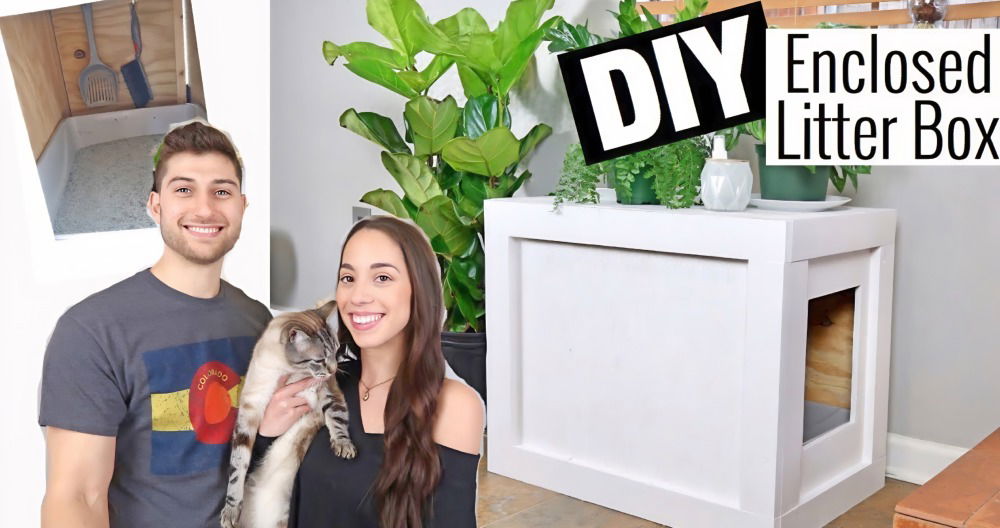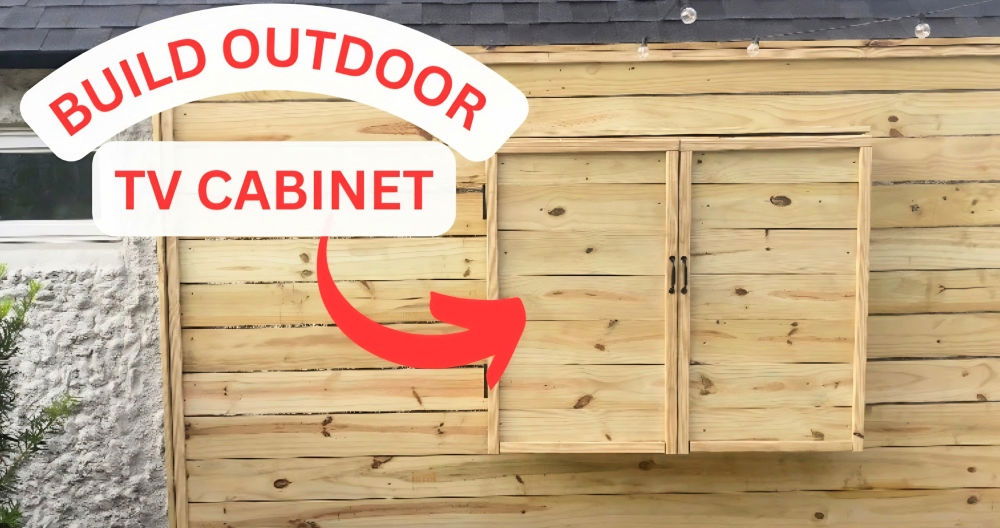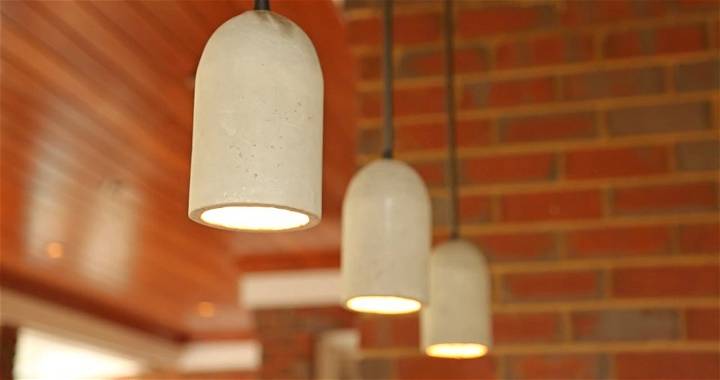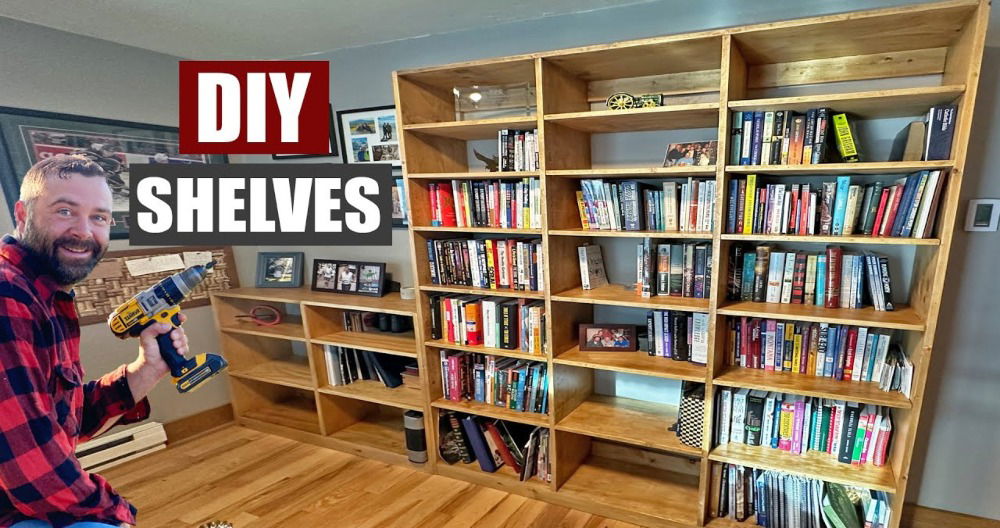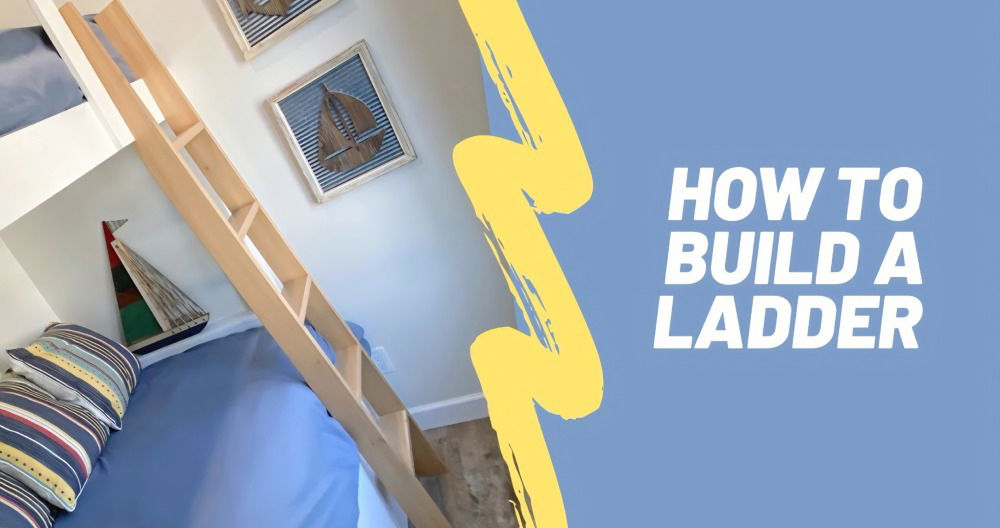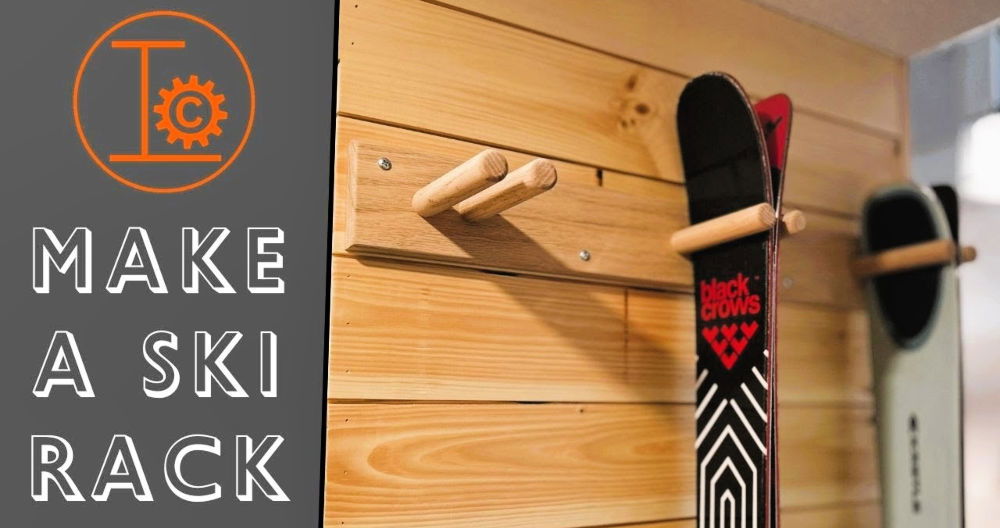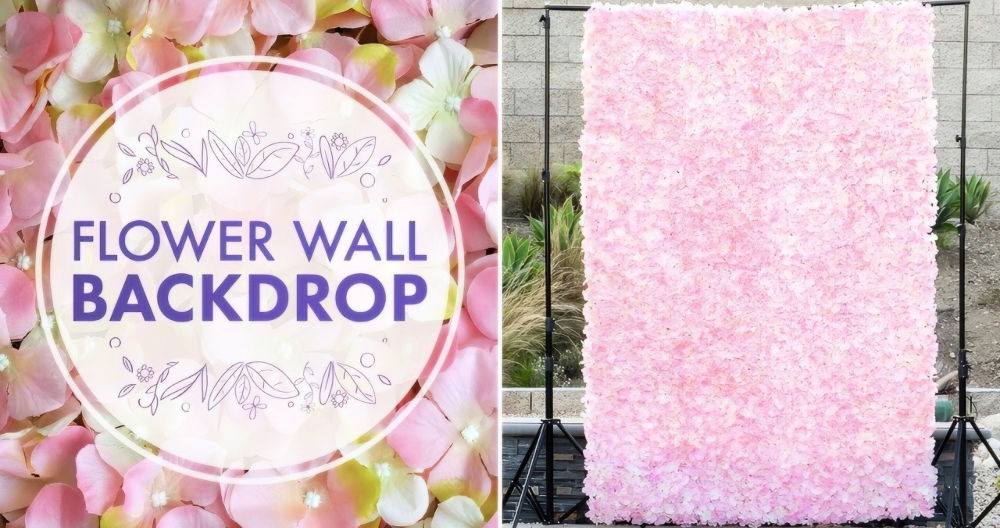Building a DIY tortoise enclosure has been one of my most rewarding DIY projects. Seeing my tortoise happily explore his new habitat filled me with joy and a sense of accomplishment. The process was straightforward, and I gained valuable insights into what makes a comfortable home for these amazing creatures.
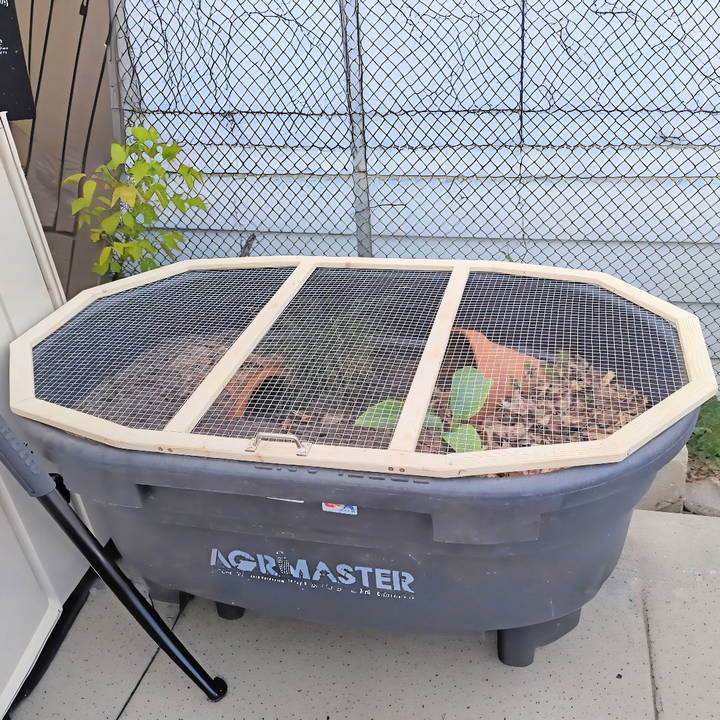
I'm excited to share the step-by-step instructions I followed to build a safe and cozy space for my tortoise. Crafting your own enclosure not only saves money but also lets you tailor it to your pet's specific needs. Let's dive into this project together—I know you'll find it as fulfilling as I did.
Understanding Your Tortoise's Needs
When making a home for your tortoise, it's essential to understand their specific needs to ensure they live a long, healthy life. Here's what you need to know:
Habitat Requirements:
- Space: Tortoises thrive in spacious environments. Ensure the enclosure is large enough for your tortoise to move around freely.
- Temperature: Maintain a temperature gradient from 75°F (24°C) in the cooler area to 95°F (35°C) in the basking area.
- Humidity: Different species require different humidity levels. Most need a range between 40-60%. Use a hygrometer to monitor it.
Lighting Needs:
- UVB Light: This is crucial for vitamin D3 synthesis, which aids in calcium absorption. Provide a UVB bulb for about 12 hours a day.
- Day/Night Cycle: Mimic natural light cycles with 12-14 hours of daylight and 10-12 hours of darkness.
Substrate:
- Safe Materials: Use substrates like coconut coir or organic topsoil, which are safe if ingested.
- Avoid Harmful Substances: Steer clear of cedar or pine shavings, as they can be toxic to tortoises.
Enrichment:
- Hideaways: Offer shelters where your tortoise can retreat for privacy and security.
- Terrain Variety: Include flat areas, gentle slopes, and safe objects to climb on to encourage exercise and natural behaviors.
Each tortoise species has unique needs. Research your tortoise type to match its environment. A natural habitat ensures a happy, healthy tortoise.
Finding the Right Enclosure
My journey began with finding an appropriate enclosure. Unlike indoor habitats that often come in ready-made solutions, outdoor enclosures offer a canvas for creativity. I was fortunate enough to acquire a large rubber tub from a generous offer at my workplace—trading some excess garden soil for it. If you're not as lucky, fear not. There are options like feeding troughs, plastic ponds, or even handcrafted wooden pens. The key is ensuring it's spacious and secure for your shelled friend.
Materials Needed:
- Enclosure: Large rubber tub, feeding trough, plastic pond, or wooden pen
- Soil: Pesticide- and herbicide-free topsoil or a mix of Eco Earth and repti chips
- Plants: Turtle-safe varieties
- Water Dish: Cat litter pan or shallow dish
- Seeds: Edible plants like calendula
- Decoration: Leaf pile for burrowing
- Lid: Wood frame with chicken wire
Each material plays a crucial part in making a habitat that's not only safe but also engaging for your turtle.
Step by Step Instructions
Make a safe, eco-friendly haven for your pet with our DIY tortoise enclosure step-by-step instructions. Learn setup, planting, and introducing your turtle.
Setting Up the Enclosure
With the rubber tub cleaned and brought home, I embarked on filling it with soil. Using the excess garden soil, I aimed for a mixture that would simulate a natural environment—one that would allow my turtle to burrow and explore comfortably. The weight of the soil made moving the tub challenging, so placing it in its final spot before it becomes too heavy is crucial.
Planting Turtle-Safe Vegetation
Choosing the right plants was both exciting and essential. I opted for blue fescue grass and hosta for their hardiness and turtle-friendly properties. After a quick trip to a local garden center, and a bit of distraction with other garden plants, I returned ready to transform the enclosure. Laying out the plants before planting allowed for optimal placement, ensuring there was plenty of space for my turtle to roam.
Adding Water and Hiding Spots
Hydration and hiding spots are vital. I repurposed a cat litter pan by cutting down its sides, making an accessible watering hole. A generous leaf pile provided a beloved hiding and burrowing spot, echoing the indoor habitat's appeal.
Final Touches and Security
Sowing calendula seeds promised pops of color and an additional food source, enriching the enclosure's biodiversity. However, knowing my turtle's penchant for adventure, securing the habitat was paramount. The lid, crafted from wood and lined with chicken wire, assured protection against predators and escape attempts. Adding a latch ensured the lid stayed put, providing peace of mind.
Introducing My Turtle to Her New Home
The moment of truth arrived—introducing my turtle to her new outdoor enclosure. Her initial exploration filled me with a mix of pride and relief, witnessing her interact with the environment I'd crafted. It was a reminder of the importance of stimulating our pets' natural instincts even in captivity.
Lessons Learned
- Barter When Possible: Trading items or services can lead to acquiring necessary materials without breaking the bank.
- Natural Is Best: Opting for a setup that mimics their natural habitat contributes to your turtle's physical and mental well-being.
- Safety First: Ensuring the enclosure is secure against escape and predators is non-negotiable.
Seasonal Adjustments
Adjusting your tortoise's enclosure to the changing seasons is vital for their well-being. Here's how you can ensure their habitat is comfortable year-round:
Warm Months:
- Ventilation: Increase airflow to prevent overheating.
- Shade: Provide shaded areas to escape the midday sun.
- Water: Ensure constant access to fresh water for hydration and cooling.
Cooler Months:
- Insulation: Add extra layers to the enclosure walls to retain heat.
- Heating Devices: Use ceramic heaters or heat lamps to maintain optimal temperatures.
- Lighting: Extend artificial lighting hours to compensate for shorter daylight.
Transition Seasons (Spring/Fall):
- Gradual Changes: Slowly adjust temperatures and lighting to mimic natural conditions.
- Monitoring: Regularly check temperature and humidity levels as they can fluctuate during these seasons.
Indoor Enclosures:
- Stable Environment: Keep indoor enclosures away from drafts and direct heat sources.
- Artificial Climate Control: Use thermostats and timers to automate the environment control.
Adapt your tortoise's habitat to the seasons for their year-round health. Make changes gradually to avoid stressing them. Observe and respond to their needs as seasons shift.
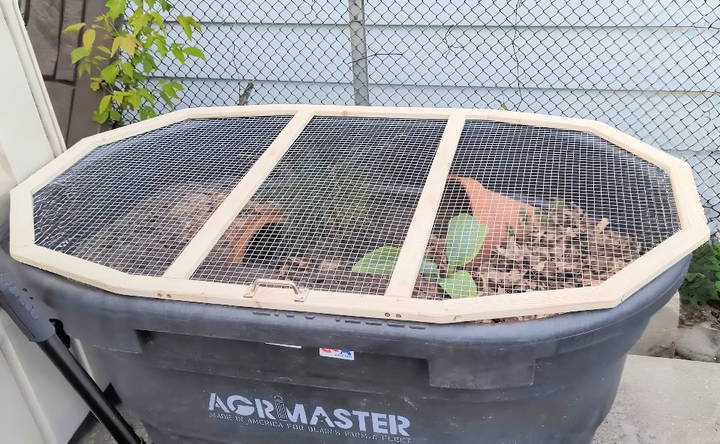
Maintenance and Cleaning Tips
Keeping your tortoise's enclosure clean is crucial for their health. Here are some tips to help you maintain a hygienic habitat:
Daily Maintenance:
- Remove Waste: Clean up any feces or leftover food daily to prevent mold and bacteria growth.
- Check Water: Change the water in the drinking and soaking areas to keep it fresh and clean.
Weekly Cleaning:
- Substrate Stirring: Gently stir the substrate to aerate it and spot-clean any dirty areas.
- Disinfect: Use a reptile-safe disinfectant to clean the enclosure's surfaces.
Monthly Deep Clean:
- Substrate Replacement: Change the substrate completely to prevent parasite buildup.
- Accessory Wash: Clean all decorations, hideouts, and dishes with hot, soapy water.
Seasonal Checks:
- Inspection: Every season, inspect the enclosure for any wear or damage.
- Update: Make any necessary repairs or adjustments to the enclosure setup.
Health Monitoring:
- Observe Your Tortoise: While cleaning, observe your tortoise for any signs of illness or distress.
- Veterinary Advice: If you notice anything unusual, consult a veterinarian experienced with reptiles.
Follow these tips to keep your tortoise healthy and your space clean. Regular maintenance is key for a safe, comfortable environment and makes cleaning simpler.
Safety Considerations
Ensuring the safety of your tortoise is paramount when designing and maintaining their enclosure. Here are some essential safety tips:
Substrate Selection:
- Avoid Toxic Materials: Choose substrates that are non-toxic and safe for tortoises. Avoid cedar or pine shavings, which can harm your pet.
- Edible Substrates: Opt for edible substrates like coconut coir or organic topsoil. These not only provide a comfortable surface but also allow tortoises to nibble on them.
Plant Selection:
- Non-Toxic Plants: Include live plants in the enclosure, but ensure they are non-toxic. Some safe options include hibiscus, spider plants, and dandelions.
- Research: Research specific tortoise-safe plants for your tortoise species.
Hideouts and Climbing Structures:
- Stability: Ensure any hideouts or climbing structures are stable and won't collapse.
- Avoid Sharp Edges: Smooth out any sharp edges to prevent injuries.
Temperature Regulation:
- Heat Sources: Use heat lamps or ceramic heaters to maintain the right temperature. Place them securely to prevent accidental burns.
- Thermostat: Install a thermostat to regulate the heat source and prevent overheating.
Electrical Safety:
- Secure Cords: Keep electrical cords away from the enclosure to prevent chewing or entanglement.
- Waterproofing: Ensure any electrical components are waterproof and well-protected.
Avoid Small Openings:
- Escape Prevention: Tortoises are surprisingly good climbers. Check for gaps or openings in the enclosure that they could escape through.
- Mesh Size: If using mesh or wire, ensure the openings are small enough to prevent escape.
Regular Health Checks:
- Inspect Your Tortoise: Regularly examine your tortoise for signs of illness, injury, or abnormal behavior.
- Consult a Vet: If you notice anything concerning, seek professional advice promptly.
Safety is a top priority. Regularly assess the enclosure, make necessary adjustments, and provide a secure environment for your tortoise to thrive.
FAQs About DIY Tortoise Enclosure
Get expert answers to common questions about DIY tortoise enclosure, including materials, design, and tips for a healthy habitat.
The size of your tortoise enclosure should be large enough to allow your tortoise to move around freely, with separate areas for basking, feeding, and hiding. A general rule is to provide at least 10 square feet of space for an adult tortoise. However, the bigger, the better, as tortoises enjoy exploring.
Yes, if you live in a subtropical or tropical climate with daytime temperatures ranging between 80-90°F and nighttime temperatures around 60-70°F, you can keep your tortoise enclosure outdoors. In colder climates, an indoor enclosure with a heat lamp is necessary. Always monitor the weather and temperature to ensure your tortoise’s safety.
Use a heat lamp to maintain a temperature gradient within the enclosure, with a basking spot that’s warmer (around 95°F) and a cooler area (around 70°F). Humidity levels should be between 40-70%, which can be achieved by misting the enclosure and providing a substrate that retains moisture.
Include items like rocks for climbing, non-toxic plants for hiding, and a shallow water dish for soaking. These elements mimic a tortoise's natural habitat and encourage natural behaviors. Avoid sharp objects and ensure the enclosure is escape-proof to keep your tortoise safe and secure.
The best substrate for a tortoise enclosure is one that mimics their natural environment and is safe if ingested. Common choices include a mix of topsoil and sand, coconut coir, or organic mulch. Avoid using cedar or pine shavings as they can be toxic to tortoises. The substrate should be deep enough for your tortoise to burrow and should be kept clean to prevent mold and bacteria growth.
Looking Ahead
By following these steps, you'll give your tortoise a wonderful place to thrive. I can't wait to hear about your experience, and I'm confident your tortoise will love their new home as much as mine does!


